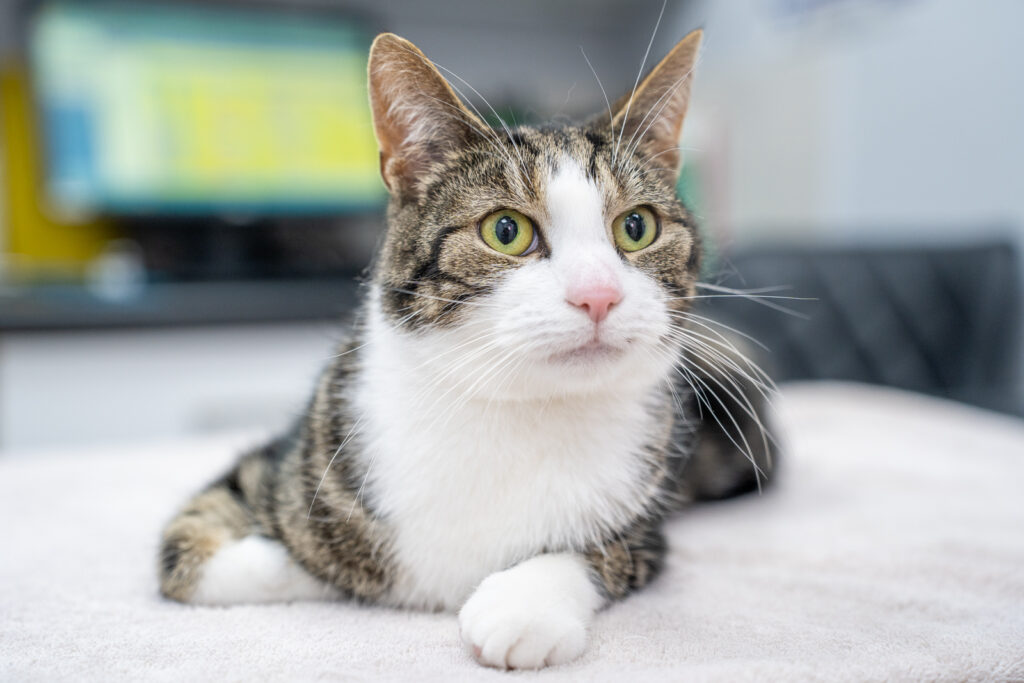Cats & kittens
Explore our services for cats and kittens.


Your pet’s health, planned
Save with an annual preventative healthcare plan that supports your pet’s wellbeing and gives you peace of mind.
Essential services
Our services for cats are designed with your cat’s individual needs in mind.
We’re proud to be part of the VetPartners group, a like-minded community of veterinary practices that share our commitment to delivering high-quality, personal care and treating every cat like one of our own.
From vaccinations and microchipping to neutering and parasite prevention, we are on hand to offer compassionate advice and support at every stage of your feline friend’s life.
Vaccinations
Routine vaccinations for cats, plus boosters and starter courses for new and rehomed cats and kittens.
Neutering
Castration and spaying for your cat, as well as advice on when and why to perform them.
Microchipping
Legally required for cats over 20 weeks. We can also microchip other species.
Flea, tick and worm treatment
We can advise on the best products and routines to keep your cat healthy, happy and free from pests.
Pet travel
Travel advice, documentation and preparation to help you and your cat to travel safely and without difficulty.
Dental care
We can offer advice on optimal dental hygiene for cats, as well as procedures if and when required.
Saying goodbye
We know how difficult it is to lose a cat, and are here to help you through the process with compassion and understanding.
Pet advice
Whether you need guidance on navigating seasonal hazards or general healthcare advice, you’ll find valuable insights to enhance your pet’s wellbeing here.
Read our latest advice on the VetPartners website.
